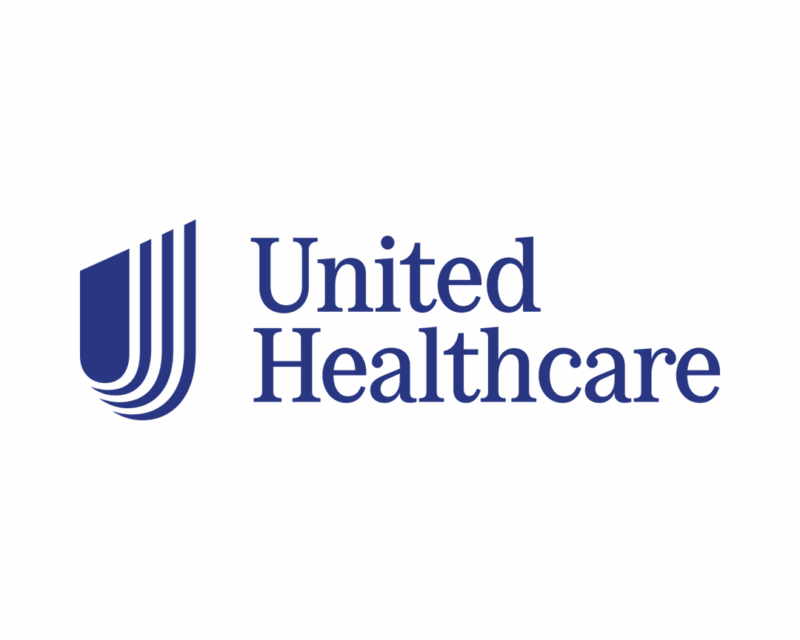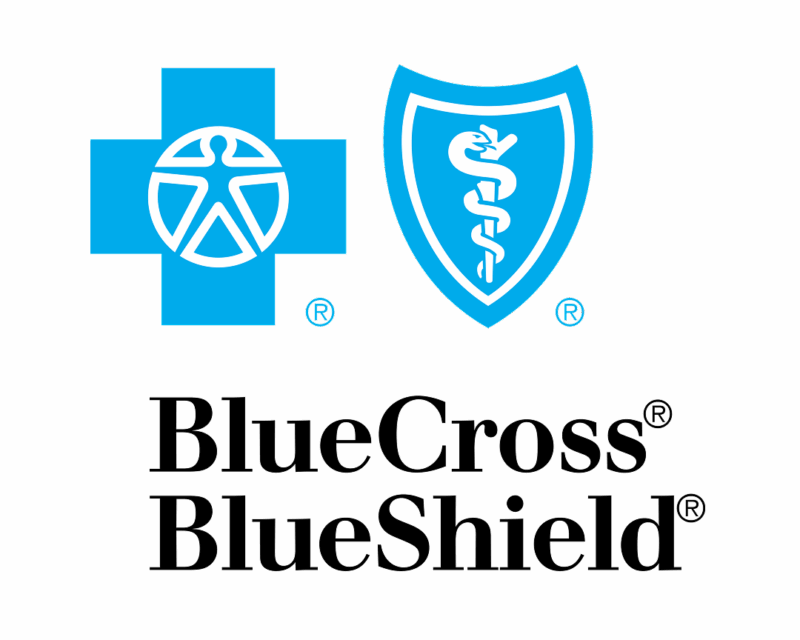
Written by Jennie Phipps
HealthCare Writer
We want to help you make educated healthcare decisions. While this post may have links to lead generation forms, this won’t influence our writing. We adhere to strict editorial standards to provide the most accurate and unbiased information.

Molina Healthcare Review
Molina Healthcare is a major provider of government-sponsored health coverage, including Medicaid, CHIP, ACA Marketplace plans, and Medicare Advantage.
Coverage AreasMolina provides affordable ACA, Medicaid, and Medicare Advantage coverage across 15+ states.
Plan TypesStrong value for low-income and dual-eligible members, though limited in plan variety and consumer satisfaction.
Key Takeaways
- Affordable Coverage: $0 premium ACA and Medicare Advantage plans, plus strong Medicaid and CHIP options.
- Focused on Government Programs: Big presence in Medicaid and dual-eligible plans, but no PPO, Medigap, or short-term coverage.
- Mixed Quality: Low costs and added benefits like dental and OTC, but narrow networks, below-average ratings, and frequent service complaints.
Molina Healthcare Insurance Review
Molina Healthcare is a major provider of government-sponsored health coverage, including Medicaid, CHIP, ACA Marketplace plans, and Medicare Advantage. As of 2026, it operates in over 15 states and Puerto Rico, with continued growth in the dual-eligible (Medicare + Medicaid) market. Molina is known for affordability and integrated care, but faces persistent customer service challenges and quality concerns.
Pros and Cons
Pros
- Low-cost ACA and Medicare Advantage plans with $0 premium options
- Strong Medicaid presence and CHIP coverage across multiple states
- Expanding dual-eligible Medicare-Medicaid plans (MMPs and D-SNPs)
- Dental, vision, OTC, and wellness benefits included in many plans
- Care coordination and social determinant initiatives in some areas
Cons
- No PPO, Medigap, short-term, or student plans
- Limited employer coverage and narrow provider networks
- Below-average CMS and NCQA quality ratings
- Higher-than-average complaint rates, especially billing and service-related
- Not available in all U.S. states; lacks global or national portability
Get Quotes Matched to Your Budget and Needs
Coverage Area (2026)
United States
Operates in at least 15 states, including California, Florida, Illinois, Michigan, Ohio, New Mexico, New York, South Carolina, Texas, Utah, Washington, Wisconsin, and Puerto Rico. Expansion efforts include Georgia, Idaho, and Massachusetts. Coverage remains regional.
International
No international plan offerings. Emergency care abroad may be limited and is not standard.
Provider Network
Molina primarily uses HMO networks, which may restrict access to out-of-network providers. Networks vary by state.
Plan Types Offered (2026)
Under-65 (Individual & Family)
- ACA Marketplace Plans
This carrier offers ACA health plans available in 15 states with low premiums and deductibles. Plans are HMO-based. - Short-Term Medical (STM)
Not offered. - Employer-Sponsored Plans
Very limited availability; focus remains on government programs. - Student Health Plans
Not available. - Medicaid
Includes Extensive Medicaid contracts with state governments for TANF, CHIP, and ABD services. View Molina Medicaid Service Areas.
Medicare (65+)
- Medicare Advantage (MA)
Molina offers Medicare Advantage Plans (Part C) in 15+ states with $0 premium HMO plans and prescription drug coverage. Focus on Dual-Eligible Special Needs Plans (D-SNPs). - Medicare Supplement (Medigap)
Not offered. - Part D Prescription Drug Plans
Included in most MA plans; standalone Part D plans are not available. - Medicare-Medicaid Plans (MMPs)
Integrated plans for dual-eligibles are offered in states like Illinois and California. See their latest expansion growth announcement. - Retiree Group Medicare
Not publicly offered.
A team of licensed insurance agents are here to help you compare plans
Recent Changes in Cost and Options (2026)
Premiums and Rate Changes
Molina continues to lead in ACA affordability, with average individual premiums around $395/month. Medicare Advantage plans remain at $0 premiums in many markets.
Out-of-Pocket Costs
Low deductibles (e.g., $2,542 on average for ACA) and reduced MOOP caps for Medicare Advantage (as low as $6,000 in some areas).
Medicare Advantage Updates
This year, Supplemental benefits have been updated, including new vendors for hearing, meal delivery, and OTC.
Plan Enhancements
Continued focus on doula programs, wellness incentives, and social health needs.
Network Agreements
Network changes are ongoing; plans remain HMO-based with limited flexibility.
Consumer Experience Snapshot
Complaint Index:
Molina receives more complaints than average, especially around customer service, billing, and network restrictions.
Satisfaction Scores:
CMS Medicare Advantage average star rating: 3.0/5. NCQA plan scores typically range from 2.0 to 3.0/5.
Methodology
Our Health Insurance Rating Methodology scores insurers across five main categories, each rated on a scale of 1 to 10. The overall score is the average of: Coverage, Breadth and Accessibility, Plan Variety and Customization, Affordability and Value, Innovation and Care Quality, and Consumer Experience and Transparency. Categories assess provider reach, plan diversity, cost structure, care delivery, and member service experiences based on public data, filings, and expert analysis.
Bottom Line
Molina Healthcare is a top choice for cost-conscious Medicaid and ACA enrollees, especially dual-eligible members needing Medicare and Medicaid integration. With low premiums, reduced out-of-pocket costs, and expanding state contracts, Molina delivers affordability. However, limited plan variety, weak satisfaction scores, and regional restrictions make it less suitable for those seeking broader access or enhanced service quality.
Best for
Low-income individuals and dual-eligible members seeking ACA, Medicaid, or Medicare Advantage coverage.
Not ideal for
People needing PPO or Medigap plans, national flexibility, or high-touch customer support.
Disclaimer
The views and opinions expressed are those of the authors and do not necessarily reflect the official policy or position of HealthCareInsider.com or HealthCare, Inc.
Thank you for your feedback!
About Molina, https://www.molinahealthcare.com/members/common/abtmolina/business/mhp.aspx (accessed 3/3/2021)
Molina 2019 annual report, https://investors.molinahealthcare.com/static-files/118342ee-1fbc-40e0-afd9-228a063cdad8 (accessed 3/1/2021)
Understanding Medicaid Hospital Payments and the Impact of Recent Policy Changes, Kaiser Family Foundation (KFF), https://www.kff.org/report-section/understanding-medicaid-hospital-payments-and-the-impact-of-recent-policy-changes-issue-brief, 6/9/2016 (accessed 3/3/2021)
About Molina: Molina Health Plans, https://www.molinahealthcare.com/members/common/abtmolina/business/mhp (accessed 3/3/2021)
Medicaid Redetermination, Frequently Asked Questions, https://www.molinahealthcare.com/~/media/Molina/PublicWebsite/PDF/providers/oh/medicaid/forms/medicaid-redetermination-faq.pdf (accessed 3/3/2021)
Molina Investor relations, https://investors.molinahealthcare.com/ (accessed 3/15/21)
Molina Healthcare Knows How to Allocate Capital Effectively, https://finance.yahoo.com/news/molina-healthcare-nyse-moh-knows-081301859.html, 2/25/21 (accessed 3/3/21)
Moody’s Upgrades Molina Healthcare Subsidiaries, https://www.spglobal.com/marketintelligence/en/news-insights/trending/i43hjv1Sj10wsaHGf4aYtQ22 (accessed 3/15/21)
Moody’s Announces Completion of a Periodic Review of Ratings of Molina Healthcare, July 24, 2020, https://www.yahoo.com/now/molina-healthcare-washington-inc-moodys-151007397.html (accessed 3/3/21)
National Health Expenditure Projections, 2019–28, Health Affairs, https://www.healthaffairs.org/doi/full/10.1377/hlthaff.2020.00094, 3/24/2020 (accessed 3/3/2021)







